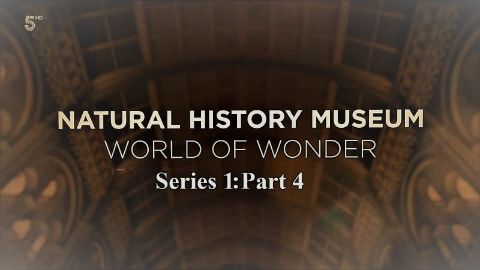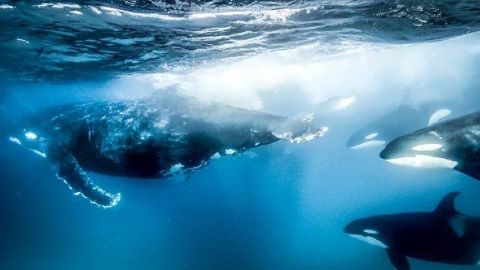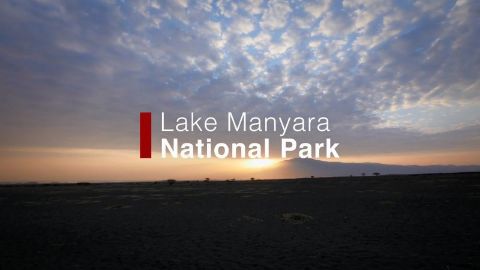Dangerous Earth • 2016 • 5 episodes •
Dr Helen Czerski looks at the anatomy of an avalanche. From shocking eyewitness footage from within an avalanche, to detailed CT scans showing the microscopic changes that cause them, we can now capture exactly what happens as snow transforms into a deadly and unpredictable danger.
2016 • Nature
Dr Helen Czerski examines the hottest natural phenomena on the planet - lightning. Bolts of lightning five times hotter than the surface of the sun strike our planet over 3 million times every day - and yet we still know little about this deadly force of nature. Now, specialist photography is revealing how lightning travels through the air, high-speed cameras are unlocking the secrets of upward lightning that's triggered by our urban landscapes, and scientific expeditions are capturing rare images of intense electrical discharges over 80 kilometres wide.
2016 • Nature
Helen looks at the latest scientific insight into the aurora - dancing lights in the night sky that have fascinated cultures throughout our history. From the networks of cameras now capturing its vast scale, to novel experiments that probe the threat it poses to modern technology, Helen reveals the dramatic transformation in our understanding of the aurora, and the many mysteries that remain to be solved.
2016 • Nature
Dr Helen Czerski peers into the heart of the storm to find out how advances in technology are giving new insight into tornadoes - the fastest winds on the planet. From the breathtaking footage that capture the extreme weather events that produce them, to the latest experiments investigating their incredible destructive power, Helen discovers how understanding the subtle changes deep within the storm are improving predictions of when and where these devastating beasts will strike.
2016 • Nature










